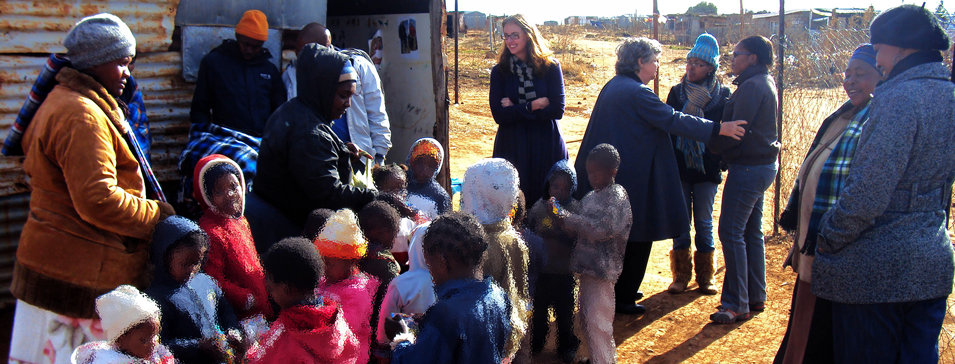
In South Africa, thousands of children under the age of 18 are orphaned as a result of HIV/Aids. Experts are worried that these orphans and vulnerable children will experience serious socio-emotional problems and behaviour disorders, should urgent intervention programmes not be implemented urgently.
A study was undertaken by the Centre for Development Support at the UFS, in conjunction with Stellenbosch University and the Houston University in America. The research found that in the Free State province alone, about 15% of orphans and vulnerable children showed signs of psychiatric disorders. Almost half of the children in the study showed signs of abnormal or maladjusted behavioural functioning.
The research team believes that the South African government and the numerous non-governmental organisations put too much emphasis on the physical needs of orphaned and vulnerable children and that their socio-emotional or mental wellbeing receives very little attention.
The nominal financial grant is a welcome relief for some of the needs of this risk group. Researchers are worried, though, that the lack of reliable and culturally-sensitive diagnostic methods for the early detection of psychiatric disorders may pose a challenge when the children reach puberty.
The current study is focusing on the detection of emotional behavioural problems even before adolescence. Questionnaires were distributed across the Free State at clinics, schools and non-governmental organisations dealing with these children. The questionnaires enabled researchers to establish the children's socio-emotional needs.
"Overcrowding in houses where orphans and vulnerable children often live is directly linked to poor socio-emotional health in children," says Prof Lochner Marais from the Centre for Development Support. "The state institutions offering programmes for orphans and vulnerable children overemphasise the physical and/or financial needs of these children. The programme provides, for example, food for the children, grants for the [foster] parents, assistance with school clothes and ensures clinic visits for the children. Of these, only the supply of food has a direct impact on the improved mental health of children."
The study provides, for the first time, a profile of the state of mind of this group, as well as the emotional impact of HIV/Aids – an "urgent matter" according to Dr Carla Sharp from the University of Houston's Department of Psychology. According to Dr Sharp, much more could be done to assist foster parents in addressing the emotional needs of these children. The early detection of behavioural disorders should be the key in intervention programmes.